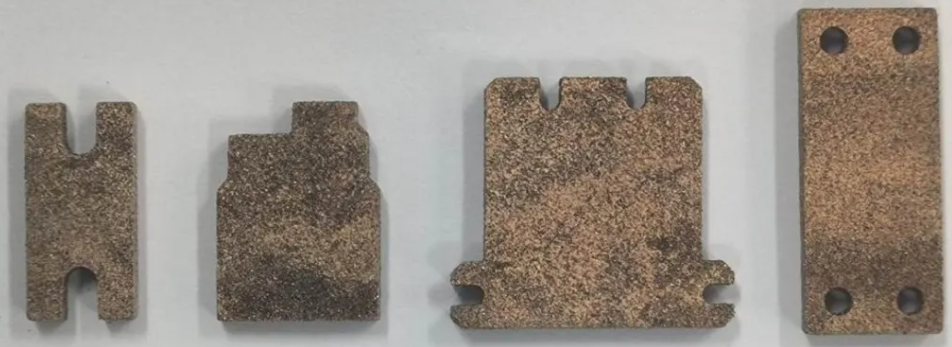3D printing of Diamond and Copper Composite Material
April29, 2025
3D printing of Diamond and Copper Composite Material
With the rapid advancement of microelectronics and information technology, the increasing power density of electronic devices has intensified the demand for efficient thermal management solutions. Diamond/copper composites, which offer high thermal conductivity, low density, and tunable thermal expansion, have emerged as promising materials for next-generation heat dissipation applications.
Conventional fabrication methods such as high-temperature high-pressure sintering, hot pressing, spark plasma sintering, and pressure infiltration face challenges in producing components with complex geometries and often require costly post-machining due to diamond's extreme hardness. These limitations hinder the widespread application of diamond/copper composites.
Binder Jet 3D Printing (BJ3DP), an emerging additive manufacturing technique, addresses these challenges by enabling the fabrication of complex geometries at room temperature through selective binder deposition. BJ3DP offers significant advantages including design flexibility, near-net shape capability, reduced material waste, and elimination of molds and post-machining. This technique has been successfully applied in various fields such as ceramics, alloys, and electronic components.
However, research on applying BJ3DP to diamond/copper composites is still in its infancy. Existing studies report low green part densities and significant shrinkage during sintering, which affect the final material properties and dimensional accuracy. Therefore, optimizing printing parameters and sintering processes is essential to improve density, mechanical strength, and shape retention.
This study focuses on optimizing BJ3DP process parameters for fabricating diamond/copper composites with 50 vol% diamond content. The effects of layer thickness and binder saturation on green part quality are investigated to determine optimal printing conditions. Subsequently, the impact of different sintering temperatures on the microstructure and properties of the composites is evaluated, providing a foundation for the effective manufacturing of diamond/copper composites via BJ3DP.


